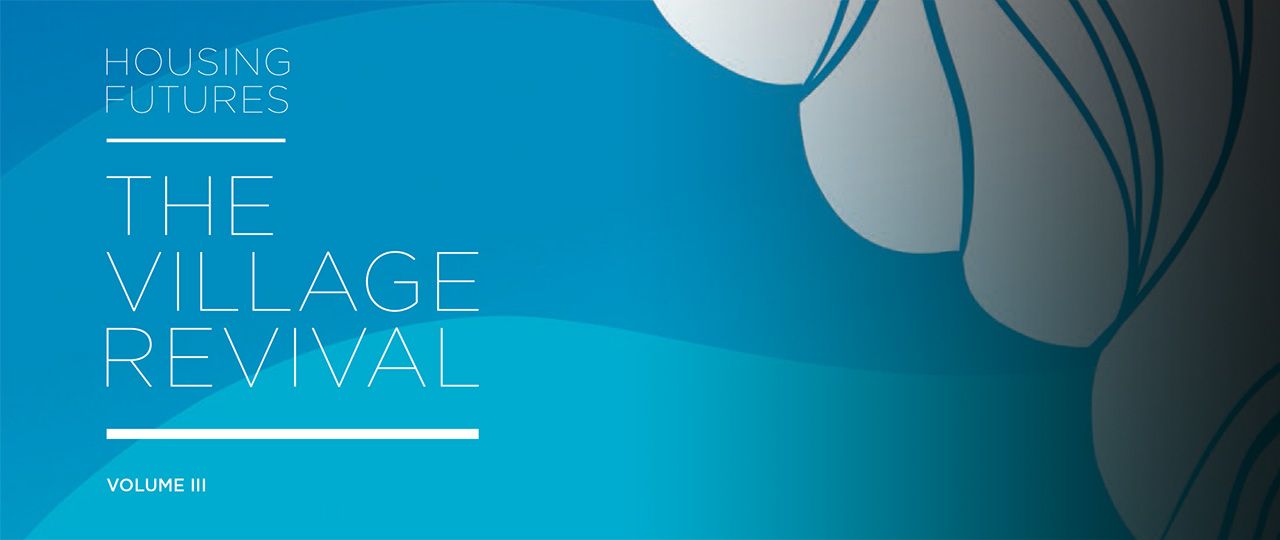
Vanessa Hale
Director, Research


Director, Research
The themes developed in Strutt & Parker’s original Housing Futures report released in 2014 – discussed emerging tribes (demographic groups) and housing solutions to suit these new tribes – which remain at the heart of this year’s research whilst also highlighting a new trend of people seeking to live in a village or amenity-rich rural locations.
The survey identified four factors that are shaping this village revival:
Additionally, we have identified five core tribes who will be important to this revival and highlighted the components that will create the modern village. They are:
But what does this mean for the UK’s village of the future? It is clear that both residential and commercial property in rural locations will have to adapt in the coming decade to the changing needs of both renters and property owners if the UK’s villages are to thrive and remain sustainable. Successful modern villages combine traditional appeal with an ability to adapt to new requirements. The impact of broadband and mobile communications, along with easily accessible public transport, is fundamental to a village’s economic viability, allowing more people to work away from urban centres.
It’s crucial that the village of the future embraces villagers with flexible working lives and creative non-office based jobs. We suggest the introduction of communal spaces into villages which support start-ups and encourage small businesses. For example the Flexispace – offering rentable workspace in a retail setting – and the Makerspace – a community building in the heart of the village for makers, designers to get together and collaborate and for hosting village events.
The 21st century village is not the quaint place of yesterday. It is absolutely crucial that our villages adapt to a future that includes flexible live/work space and upgraded infrastructure. Housing provision in rural locations must also diversify to include adequate levels of rental properties, modern retirement homes and healthy living spaces.
Read the full report here